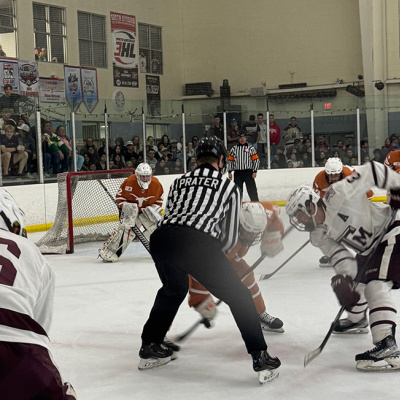Reading Boot Camp
For students who are years behind on their reading level, catching them up takes individualized instruction—and hours and hours of practice.
[caption id="attachment_2578" align="alignright" width="350" caption="Illustration by Dave Cutler"]

[/caption]
For some kids, learning to read is as simple as tying their shoes. Letters represent sounds; see the letters and put together the sounds—they get it instantly. For others, reading is mastered with some instructive nudges. But for an estimated 3 to 7 percent of U.S. children, learning to read takes systematic, explicit, and individualized attention.
Only a handful of research teams nationwide have developed intensive interventions with students who are years behind their grade levels in reading. One of those teams is at UT’s Meadows Center for Preventing Educational Risk, a unit of the College of Education. There, researchers are learning what really works.
Some of the students have spent years cleverly hiding and compensating for their inability to read. They’ve faced a school system that prizes reading, with five or six hours a day devoted to an activity that’s very difficult for them. Center director Sharon Vaughn unwinds the “tricking” strategies they’ve developed so she can gauge what they do and don’t know. At the same time, she capitalizes on the eagerness that she says these students still feel about learning to read to actually help them do it.
This is not the part where they tell you about the magic bullet. For deep reading difficulties, Vaughn says, none exists. It takes hours and hours of supervised remedial work.
The first strategy her team uses, though, is to find rich, challenging, age-appropriate reading material. No fairy tales here. The junior-high students they work with will read about cell mitosis rather than even a sports hero. To teach the prefix “re,” instructors will present the word “regenerate” rather than something simple like “redo.” Kids would rather learn a word that makes them feel smart, Vaughn says.
“We think of it more as a course on linguistics than on lower-level reading,” she says.
One instructor works with five to seven students at once, usually during their elective periods so as not to add to school time. Treatments can range from a few months to three years (about 500 hours’ worth)—however long it takes.
Read more about the latest research on reading instruction here.





